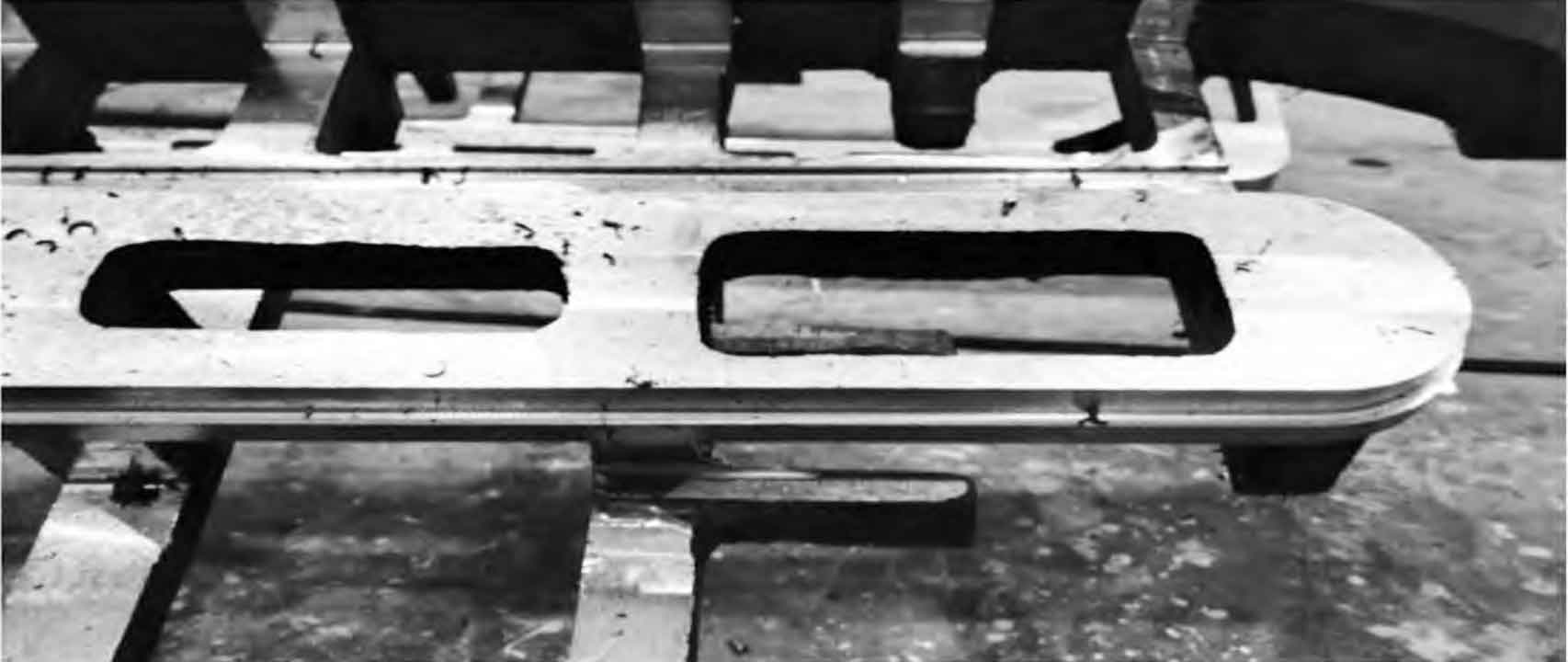Minimizing casting defects requires a combination of strategies and insights from industry experts who have extensive experience in the field. Here are some strategies for minimizing casting defects as shared by industry experts:

- Design for Manufacturability:
- Involve casting engineers early in the product design phase to optimize part geometry, wall thickness, and features for better castability.
- Design parts with consideration for mold filling, solidification, and the prevention of shrinkage-related defects.
- Proper Gating and Riser Design:
- Optimize gating and riser design to ensure smooth and controlled metal flow, minimize turbulence, and facilitate proper feeding.
- Use simulation software to analyze filling patterns, identify potential defects, and optimize gating and riser systems.
- Material Selection and Quality Control:
- Select materials with good casting properties and work closely with material suppliers to ensure consistent quality.
- Conduct thorough material testing and inspection to verify compliance with specifications and identify potential material-related defects.
- Process Optimization and Control:
- Employ computer simulation tools to optimize process parameters, including pouring temperature, cooling rates, and mold preheating.
- Implement strict process control measures, such as monitoring and controlling critical parameters, to ensure consistency and minimize process variations.
- Meticulous Mold Preparation:
- Implement rigorous mold preparation procedures, including proper cleaning, coating application, and mold surface preparation.
- Ensure adequate mold venting and proper mold alignment to prevent gas-related defects and ensure uniform metal flow.
- Advanced Process Monitoring and Control:
- Utilize advanced monitoring techniques, such as real-time thermal analysis and sensor technologies, to track and control the casting process.
- Implement closed-loop feedback systems to adjust process parameters based on real-time data and minimize defects.
- Robust Quality Assurance:
- Establish a comprehensive quality assurance program, including visual inspections, dimensional checks, and non-destructive testing techniques.
- Conduct regular audits, implement statistical process control (SPC), and analyze process data to monitor and improve casting quality.
- Continuous Improvement Culture:
- Foster a culture of continuous improvement, where defects are seen as opportunities for learning and process enhancement.
- Encourage cross-functional collaboration and knowledge sharing among casting engineers, operators, and quality control personnel.
- Supplier Collaboration:
- Collaborate closely with material suppliers, mold manufacturers, and casting service providers to exchange knowledge and address quality-related challenges.
- Involve suppliers in the early stages of product development to ensure their expertise and inputs are considered.
- Training and Skill Development::
- Invest in training programs to enhance the skills and knowledge of casting engineers, operators, and quality control personnel.
- Stay updated with advancements in casting technologies, materials, and best practices through industry seminars, conferences, and training workshops.
These strategies, combined with the insights and expertise of industry professionals, play a crucial role in minimizing casting defects and improving overall casting quality. By adopting these practices, manufacturers can achieve higher casting quality, reduced rework, and improved production efficiency.
